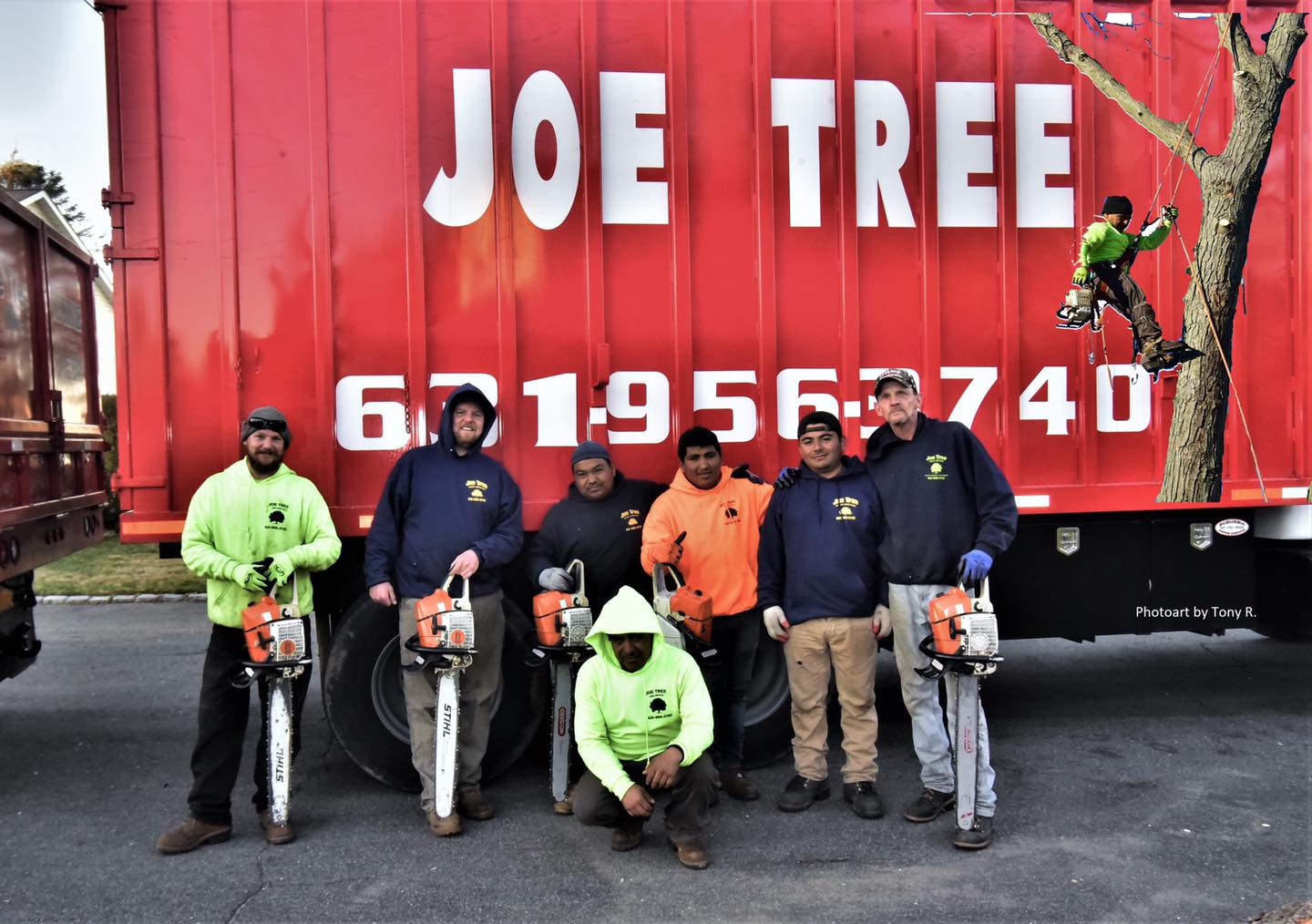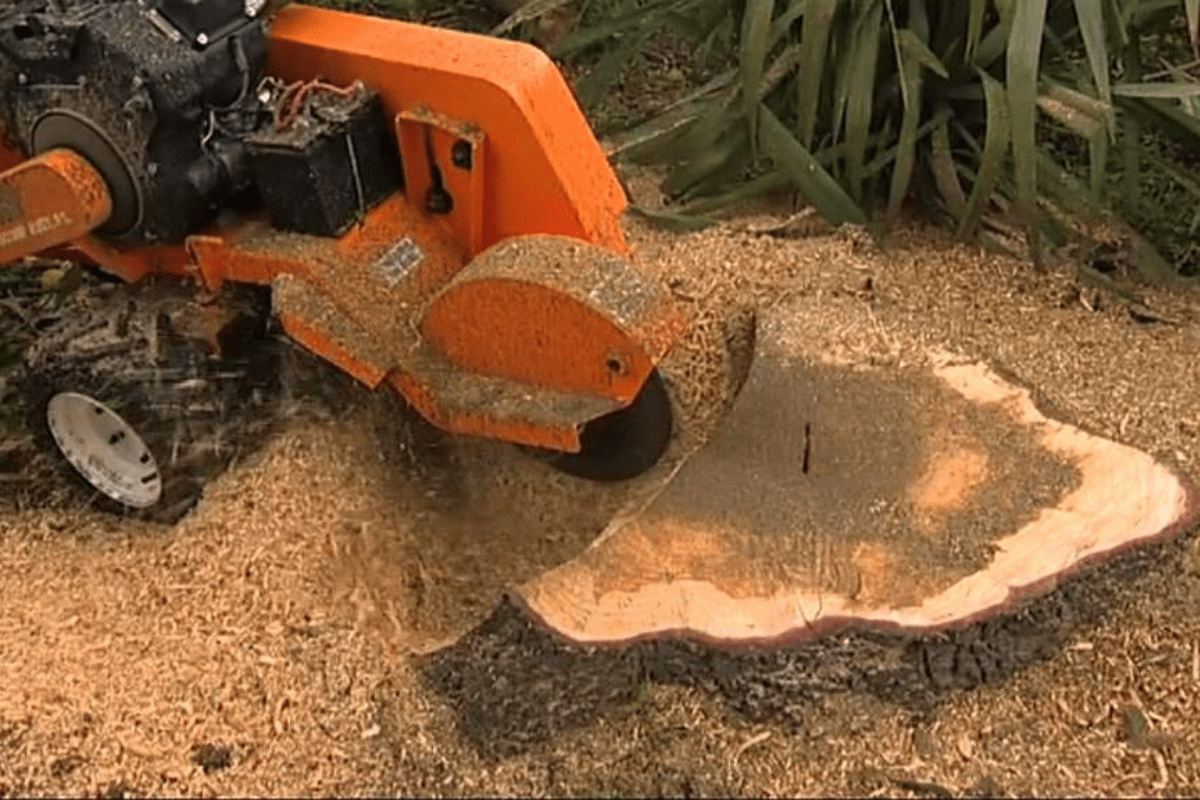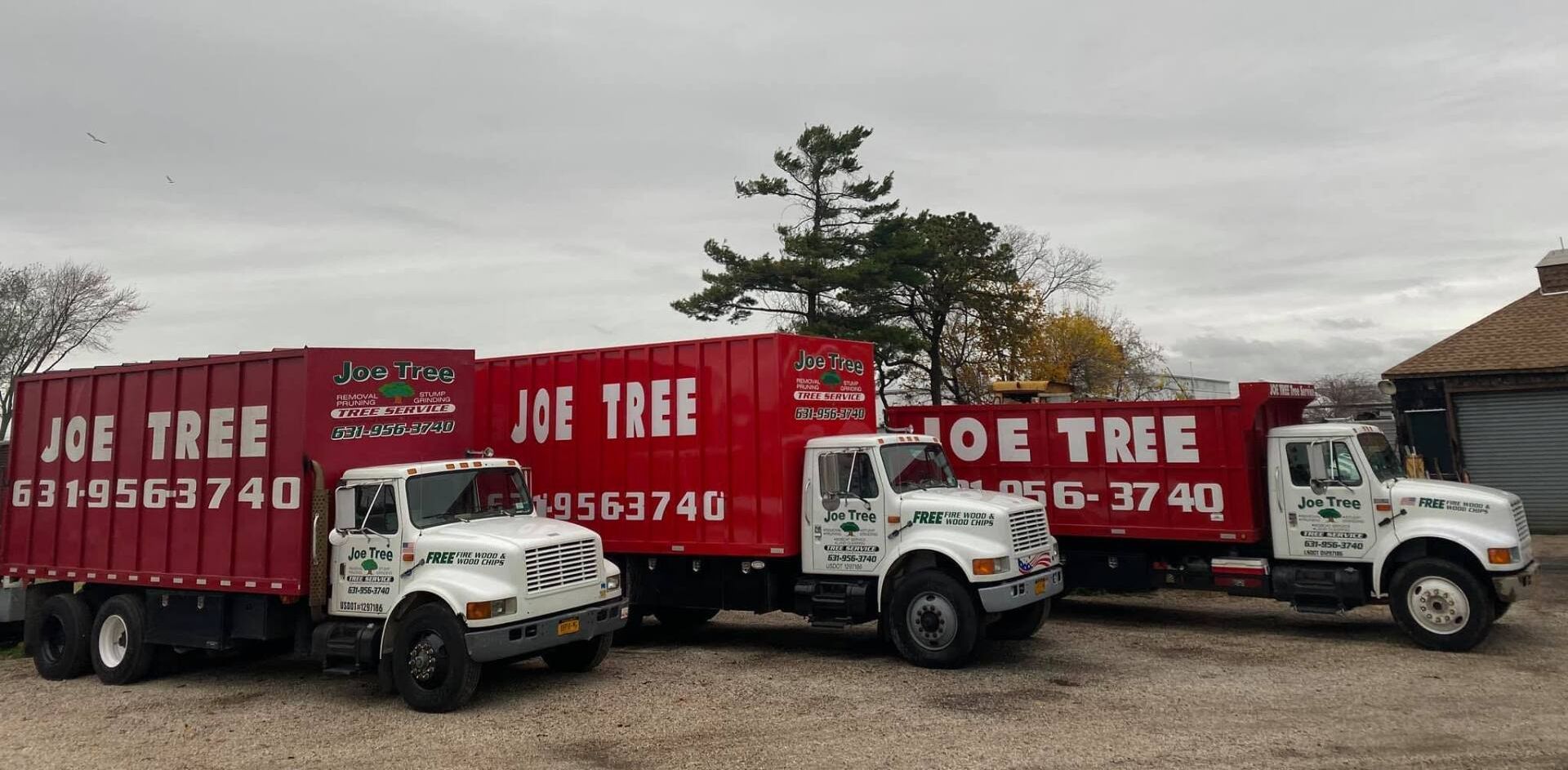Construction and Trees: How Building Projects Impact Your Greenery
Construction is booming everywhere, transforming neighborhoods with new roads, homes, and infrastructure projects. While construction brings progress, it can also spell trouble for trees, leading to irreversible damage. At
Joe Tree, Tree Service, we specialize in protecting and maintaining trees during and after construction. Here's what you need to know about the impact of construction on trees and how we can help.

Common Types of Tree Damage During Construction
Root System Damage
Tree roots are vital for water and nutrient absorption, energy storage, and structural stability. Contrary to popular belief, roots are not buried deep underground; approximately 50% are within the first foot of soil, and 90% are in the top three feet.
Construction activity often compacts the soil around a tree. Heavy equipment, stockpiled materials, and foot traffic compress the soil, reducing its ability to retain water and oxygen. This leads to dehydration, weakness, and, in many cases, the tree’s death.
Trenching and digging for foundations, utility lines, or fencing can also sever roots. The closer to the tree the roots are cut, the harder it is for the tree to recover. Adding excess soil over roots during grade changes can further suffocate them by cutting off their oxygen supply.
Learn more about our services for maintaining healthy trees by visiting our tree trimming page.
Physical Damage to Trees
Heavy machinery can also directly harm a tree. Equipment can scrape trunks, snap branches, or create large wounds, leaving the tree vulnerable to pests, fungi, and decay. Broken branches may cause uneven growth, instability, and long-term structural issues.
Signs of Construction Damage
Damage to trees isn’t always immediate. It can take years for symptoms to appear, and by then, recovery might no longer be an option. Key warning signs include:
- Root Damage Symptoms: Wilting or scorched leaves, premature leaf drop, dead branches, or excessive sucker growth.
- Trunk and Branch Injuries: Visible scrapes, broken limbs, or large wounds on the tree’s surface.
If you notice these signs, don’t wait—contact us today for an evaluation.
Solutions and Preventative Measures
Unfortunately, trees with significant construction damage rarely recover fully. Depending on the extent of harm, some solutions include:
- Soil Aeration: Techniques like air spading or vertical mulching can loosen compacted soil, improving water and oxygen flow to the roots.
- Preventative Maintenance: Pruning, cabling, and other measures can help strengthen trees and mitigate potential issues before construction begins. Learn about our expert tree pruning services here.
- Tree Protection Zones: Collaborating with a certified arborist to establish no-dig zones and enforce proper construction practices is the best way to prevent damage.
If roots have been extensively damaged, the tree’s survival becomes highly unlikely, highlighting the importance of early intervention.
Contact Long Island’s Trusted Tree Experts
If construction has impacted your trees or you’re planning a project, reach out to Joe Tree, Tree Service for expert guidance. Our certified arborists offer a range of services, from tree removal to pruning and pre-construction assessments, to keep your trees safe and healthy.
Let us help you protect your trees while building for the future. Contact Joe Tree, Tree Service today for a consultation! Explore more about how we can assist with tree trimming and other tree care needs.





